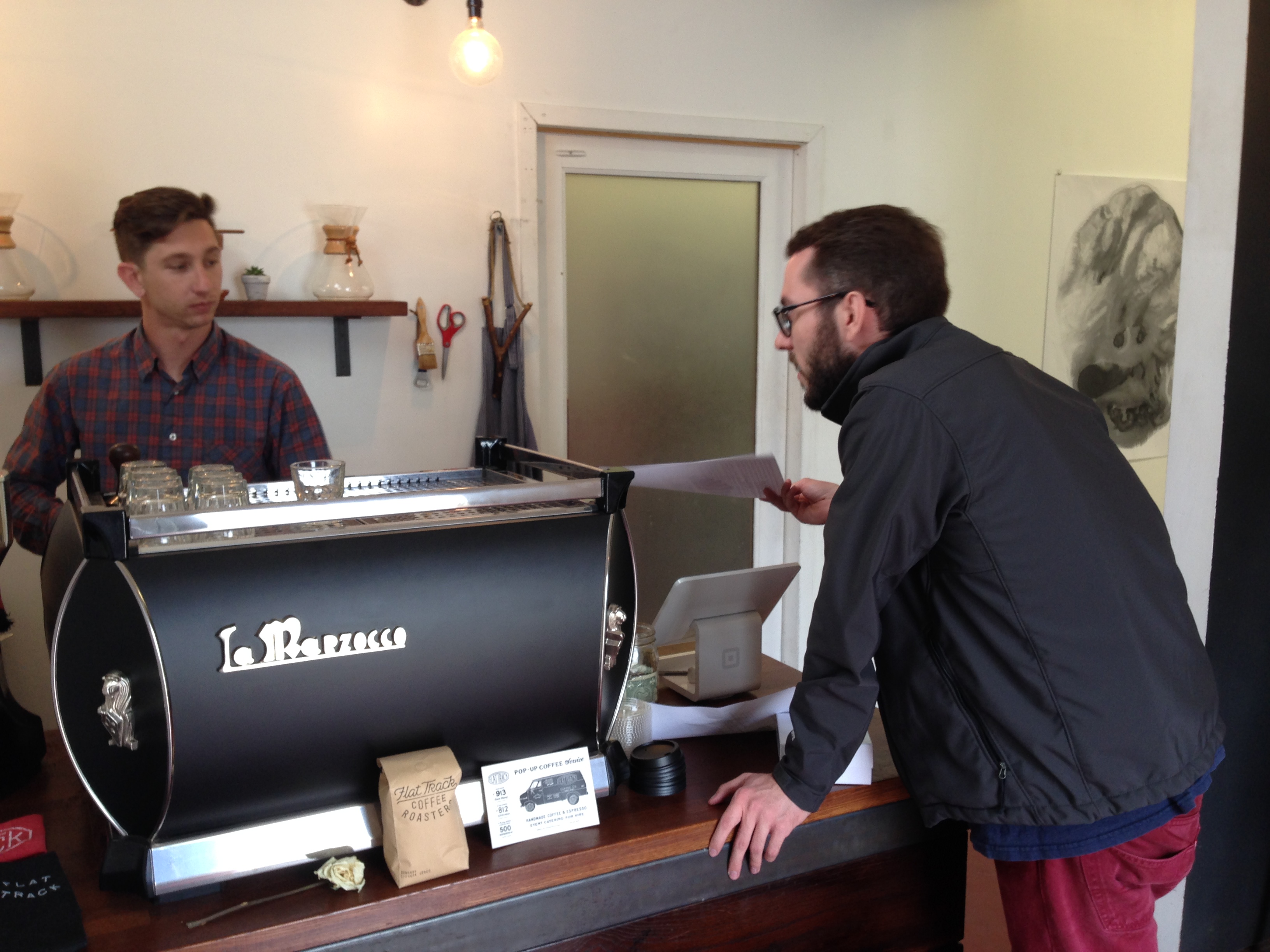Team:Austin Texas/human practices
From 2014.igem.org
(→Caffeinated Coli) |
(→Caffeinated Coli) |
||
| Line 85: | Line 85: | ||
[[file:UT_Austin_E._coli_coffee_cultures.jpg|300px|thumb|left| Cultures of knockout strain grown with collected coffee samples.]] | [[file:UT_Austin_E._coli_coffee_cultures.jpg|300px|thumb|left| Cultures of knockout strain grown with collected coffee samples.]] | ||
| - | The ''E. coli'' we used are a synthetic strain, previously made by the [https://2012.igem.org/Team:Austin_Texas 2012 UT Austin iGEM team]. This strain has had its normal guanine synthesis pathway knocked out, but contains a plasmid with a set of genes that enables the organism to synthesize guanine from xanthine and many of its derivatives, including caffeine. Without caffeine (or other xanthines), the strain cannot grow. When caffeine is added, the strain can demethylate the caffeine molecules | + | The ''E. coli'' we used are a synthetic strain, previously made by the [https://2012.igem.org/Team:Austin_Texas 2012 UT Austin iGEM team]. This strain has had its normal guanine synthesis pathway knocked out, but contains a plasmid with a set of genes that enables the organism to synthesize guanine from xanthine and many of its derivatives, including caffeine. Without caffeine (or other xanthines), the strain cannot grow. When caffeine is added, the strain can demethylate the caffeine molecules to make guanine. It then grows normally until the caffeine is completely metabolized, at which point the cells can no longer synthesize guanine, and cease to grow.[[file:UT_Austin_caffeine_growth_standard_curve.png|200px|thumb|center| Standard growth curve of knockout strain grown with different amounts of caffeine.]] Thus, by looking at the relative growth of the strain with different samples of coffee and comparing it to a standard curve of growth in solutions with known amounts of caffeine, we could somewhat accurately measure the amount of caffeine in the coffee. |
| - | The protocol was simple: We provided our Caffeinated coli with a diluted sample of coffee we had acquired from the various shops, and then compared the relative growth rates by taking an OD600 value at a time point. | + | The protocol was simple: We provided our Caffeinated coli with a diluted sample of coffee we had acquired from the various shops, and then compared the relative growth rates by taking an OD600 value at a time point. The simplicity of the project was the key its success. It provided a glimpse into the exciting new world of synthetic biology for the new members, and allowed them to learn vital skills that were used in day to day research during the summer. |
The results we found can be seen in Figure 1. below. | The results we found can be seen in Figure 1. below. | ||
Revision as of 18:30, 15 October 2014
|
 "
"








